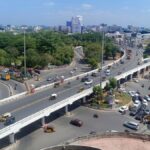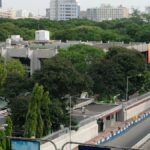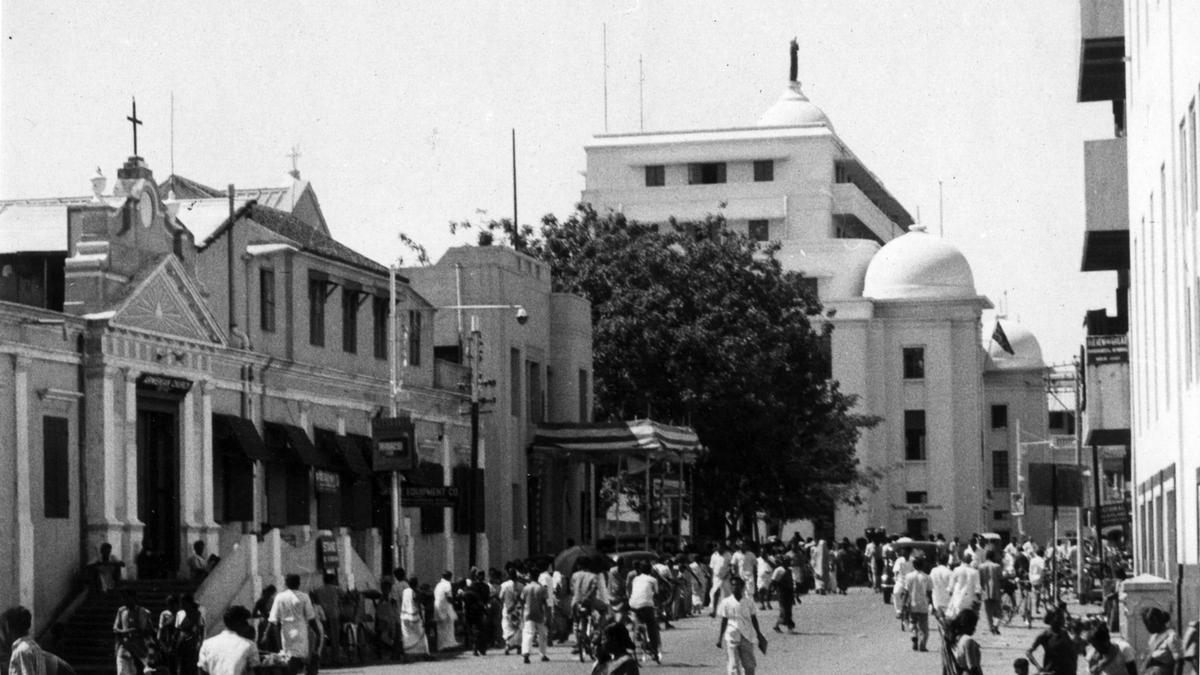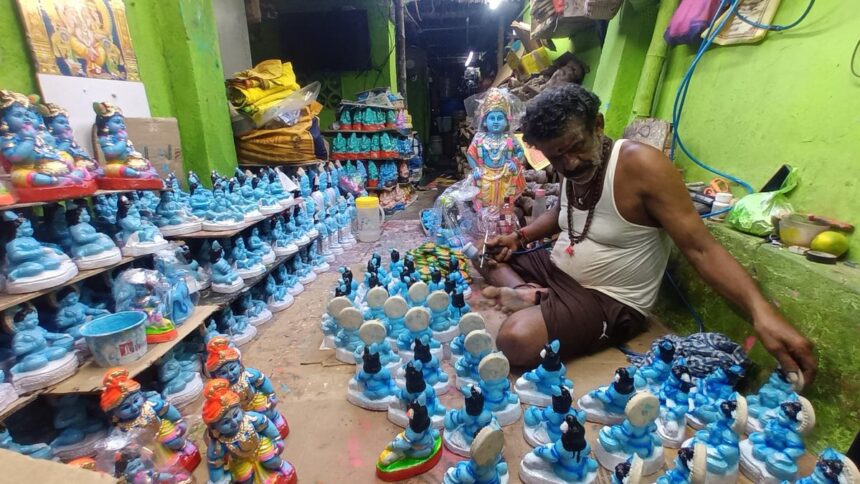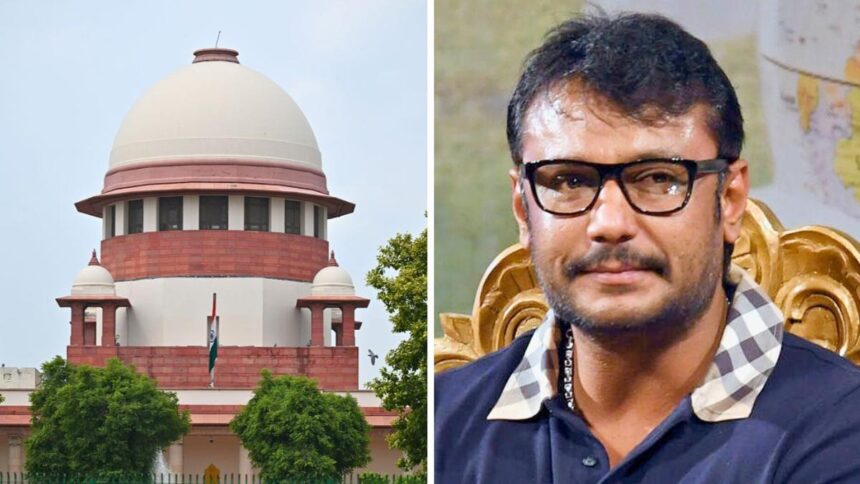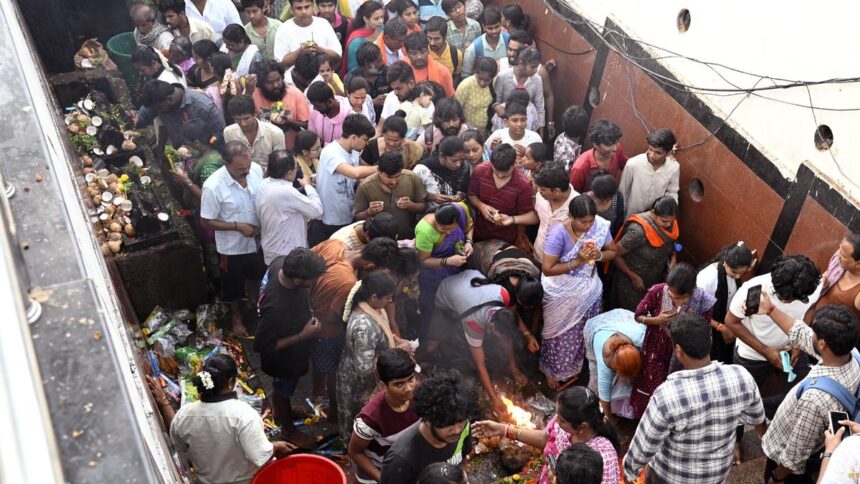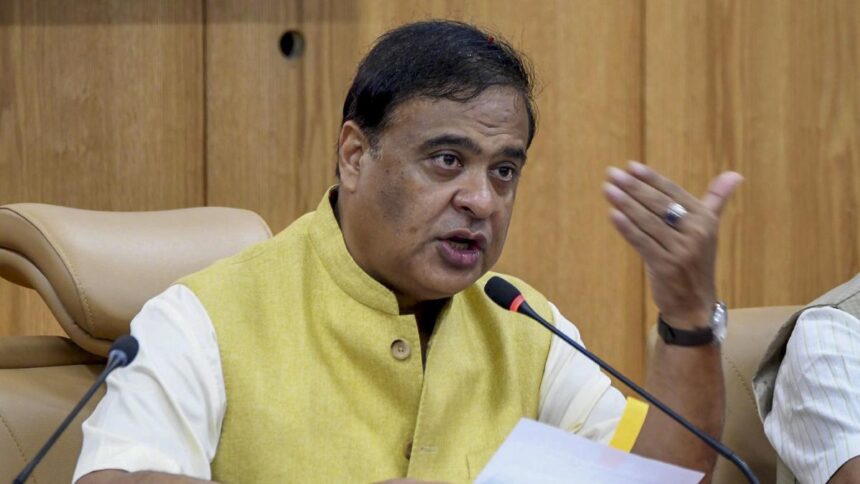
Armenian Street in George Town is the biggest marker to the people who once flourished here.
| Photo Credit: The Hindu Archives
Ask anybody in the city as to which of the European nations they associate with Madras, the most common answer will be England. But when you mention the Armenians to them, the reaction will be a great smile. Among all those who came here, the Armenians are perhaps remembered with the greatest fondness, probably because their history too is one of continuous invasions and conquests.
There were Armenians in India long before the British came. But once the latter arrived, they became closely aligned in business interests. Madras seems to have recorded its first Armenians from the 1660s, the oldest tomb being that of Khoja David, dating to 1663 and found near Little Mount. By the 1680s, they had the same rights as the British in the city. By the early 18th Century, there were 40 of them in the city, and they were sanctioned a church of their own, which was built on land where the High Court is presently. That structure, completed in 1712, was demolished with the rest of Old Black Town when the French left Madras after a three-year occupation in 1749.

During that three-year interregnum, when things seemed very bleak for the British holed up in Cuddalore, the friendship of the Armenians mattered a lot. They steadfastly refused all blandishments of Dupleix and his dubash Ananda Ranga Pillai to move to Pondicherry. On returning to Madras in 1749, the British were grateful. Coja Petrus Uscan, the leader of the Armenian community then, became an honoured friend.
Petrus has many markers to himself in the city. There is the plaque by the Maraimalai Adigal Bridge, commemorating his funding in 1726 of the first bridge across the Adyar. He funded the construction of the steps going up St. Thomas Mount in 1728, and a year later, he was present to witness the opening of the St. Thomas Sepulchre in San Thome. A tablet commemorating this, let into the wall of St. Rita’s Church can still be seen as drive on Santhome High Road, if you can take your eyes off the traffic that is. Petrus’ personal chapel is now the St. Matthias Church, Vepery. His tombstone greets you as soon as you enter the church.
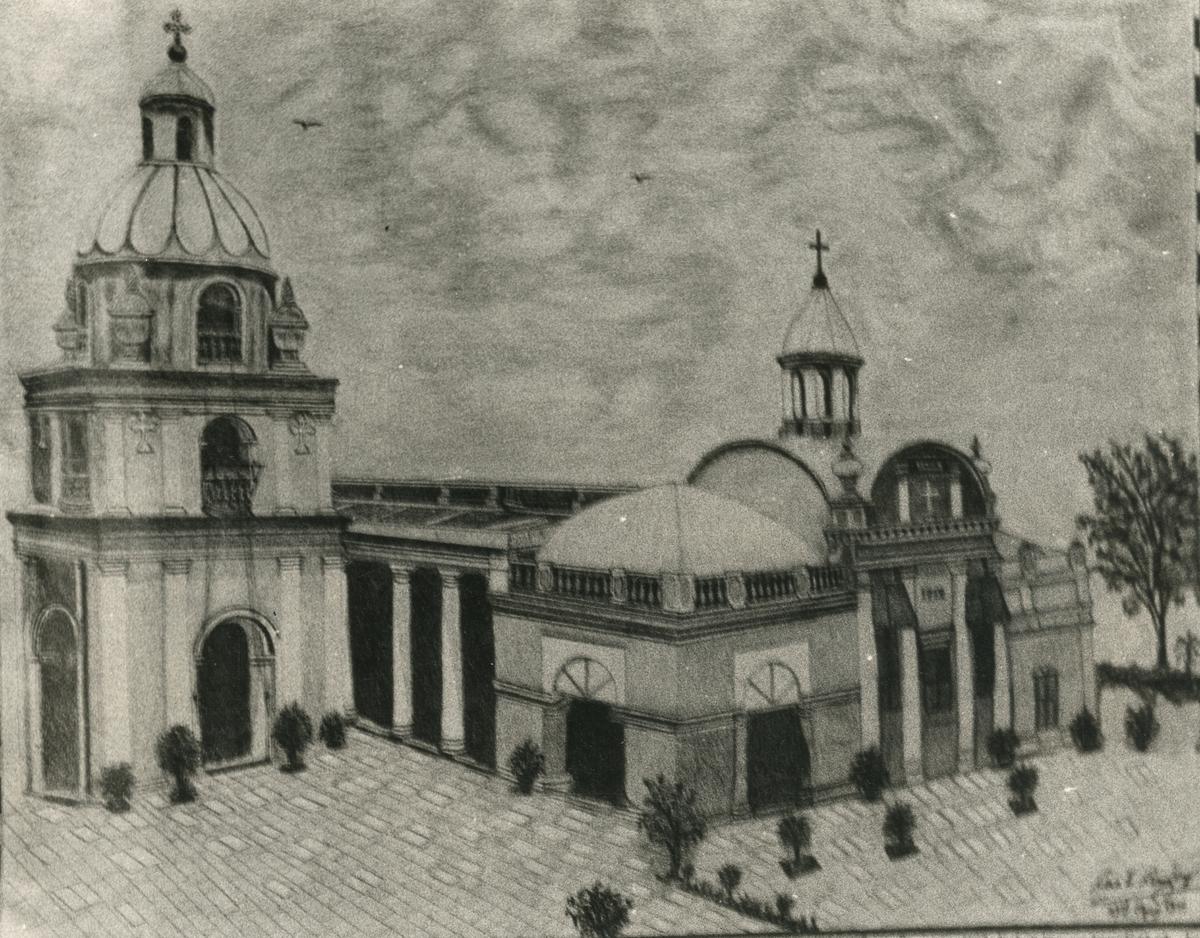
A sketch of the first Armenian Church built in Madras in 1712. However, the structure was demolished and a new one was constructed on Armenian Street in the 1722.
| Photo Credit:
The Hindu Archives
Armenian Street is of course the biggest marker to the people who once flourished here. And right by the entrance is Armenian Church, constructed in 1772. Inside are numerous memorials and tombstones — Harathoon Shimovinian who in Madras began the first Armenian journal worldwide, to Seth Sam, who was a founding member of the Madras Chamber of Commerce in 1836 and to Coramsimee Leembruggen who was Armenian by birth and probably the first woman in Madras to pay alimony to her divorced husband. Also, here is the Aga Shawmier family, many of whom were wealthy merchants with vast landholdings in the Nungambakkam area.

Street names
Elsewhere in the city are street names. There is Arathoon Road in Royapuram, commemorating a Harathoon, a Girigori Street in George Town remembering Khoja Gregorios Agapperi and probably Moore’s Road, which probably commemorates Edward Samuel Moorat. The streets of Fort St. George too are replete with Armenian memories, most notable being the building now housing the Archaeological Survey of India, which was once the property of Khoja Nazar Jacob Jan.
But by far the best memorial is Armenian Church itself. Lovingly tended to by the diaspora despite no Armenian now permanently living here, it remains a haven of peace. The bells in the tower, (cast at the same foundry that gave the world the bells for St. Pauls Cathedral, London, the Big Ben at Westminster, and the Liberty Bell at Philadelphia), are rung every Sunday and keep alive a great memory.
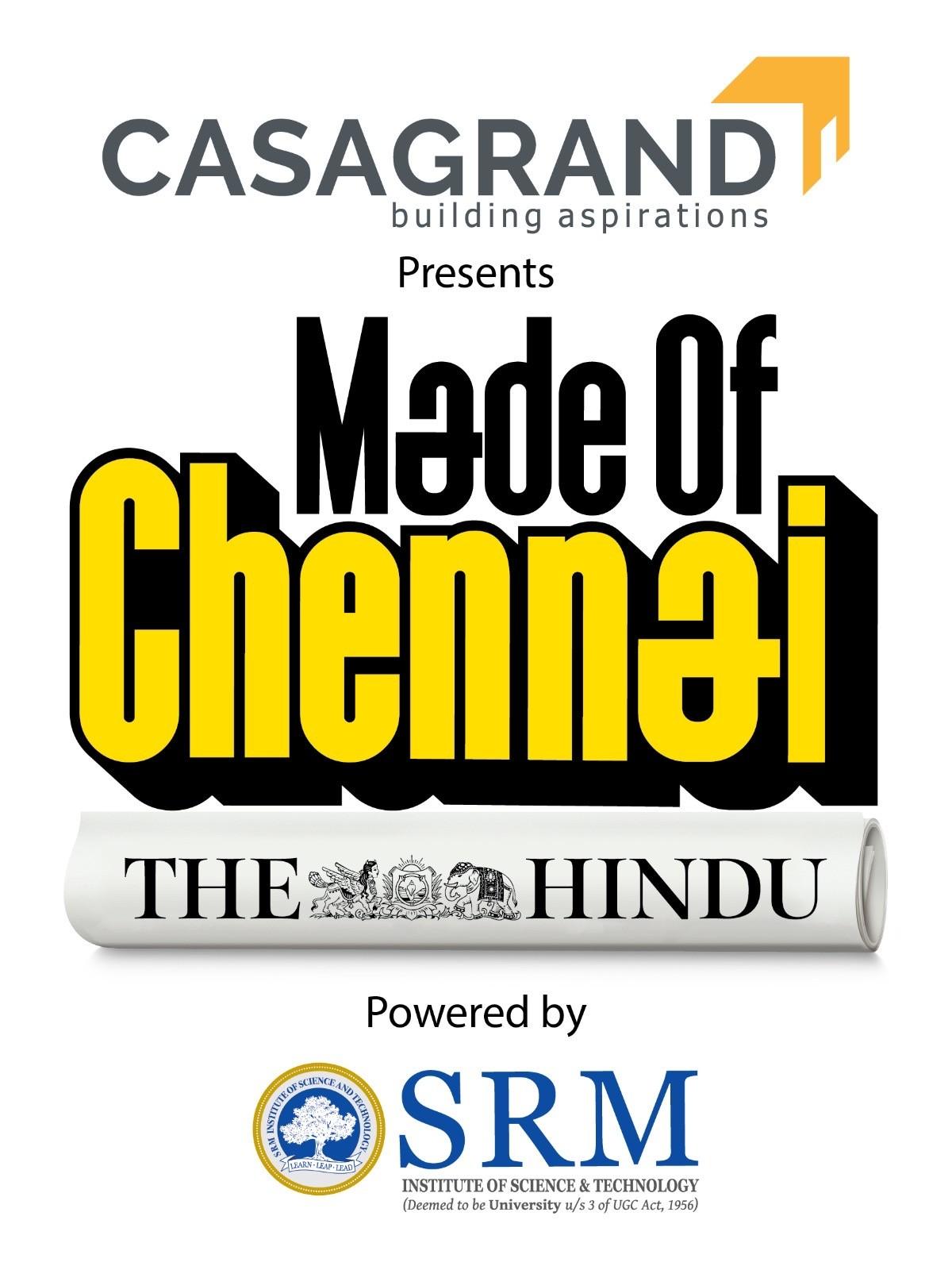
Published – August 22, 2025 06:20 am IST






